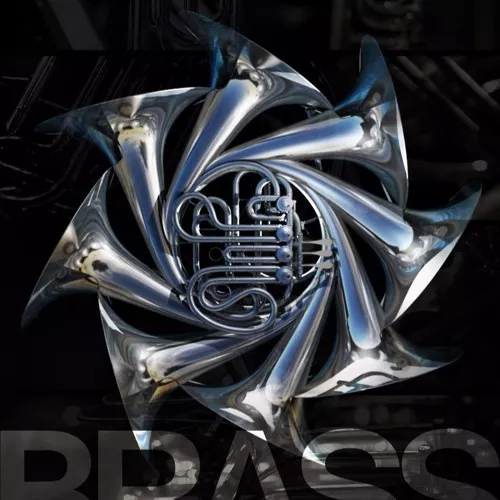Auddict Master Brass Trumpets v1.1 KONTAKT
Auddict is happy to bring you the trumpets section from our Master Brass orchestral brass sample library. Like its MB counterparts, the Master Brass trumpets also come with a staggering seven mic positions for absolute sonic control and sculpt-ability, along with a wide range of articulations.
Mix between the perspectives; Decca tree sides and mid, flanks, room, woodwind spots (see more about this below!), close ribbons and close LDCs, with the flexibility aimed at replicating a real scoring session. Now you have control over the different mic and perspective levels in the session, enabling you to morph your own sound in your scores, as if you were at the studio with the console at your fingertips.
You might have noticed that one of the perspectives included is “woodwind spots”. While this is not a woodwind library, the mics that spot the woodwinds were set up and included in the recording. The reason for this, is that a lot of the brass sound bleeds heavily into the woodwind mics in scoring sessions, adding to the perceived depth of the sound, so whilst pushing to achieve the most versatile, we felt that this absolutely had to be included.
Full list of articulations:
- No Legato (allows polyphonic playing)
- Legato – normal slurred legato (piano and forte dynamic layers crossfade-able)
- Fst Legato – Fast legato specially for fast playing
- Flutter – Flutter tongue playing
- Rips – Short trumpet rips
- Chords < – Crescendo major, minor and open 5th chords
- Chords > – Diminuendo major, minor and open 5th chords
- Staccato – Short notes, with 7RR per dynamic layer (three layers)
- Triple Tongue – A quick triple tongue attack on the played note
Two True-sampled Legato Styles
The instrument comes with two true legato modes – a normal slurred legato and a fast legato, for faster passages,which will allow you to play virtuoso runs and scale passages.
Like the rest of the Master Brass, we have recorded major and minor chords in various positions, as well as open fifths (combined gives you the ability to also create MAJ7, min7 and other chords… again for the reason that each note has it’s own little space in the sonic field, and it is this separation that is one of the major things we miss from a real recording, and a track with layer upon layer of samples. With this instrument, you can achieve that real spacious sound.
This instrument requires the FULL VERSION of Kontakt 4, or above (so it will also run in Kontakt 5 perfectly)
[epcl_button label=”Download Now” url=”https://ihow.info/pastedlinks/archives/67176″>LinksDemo Preview:



